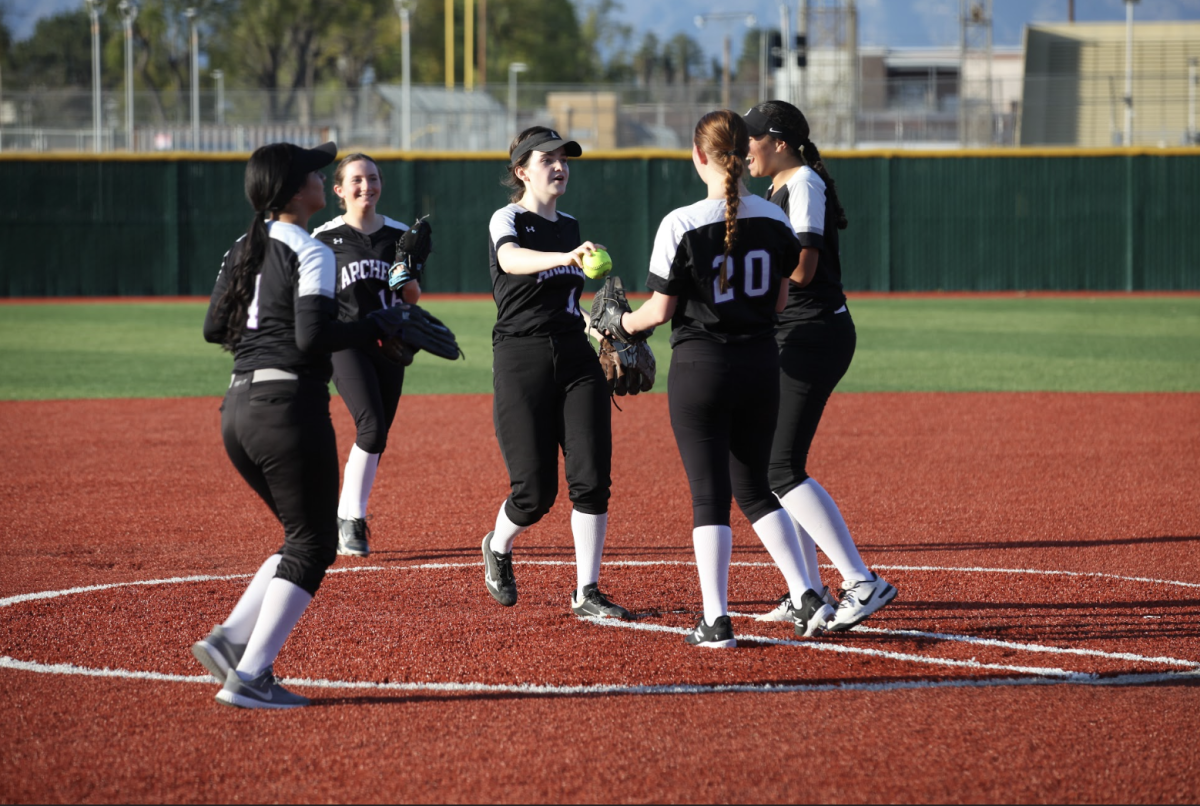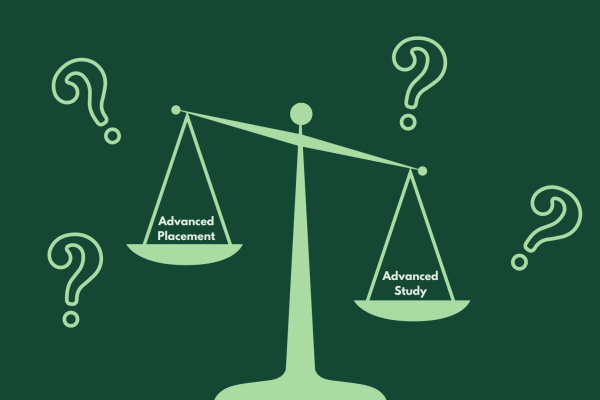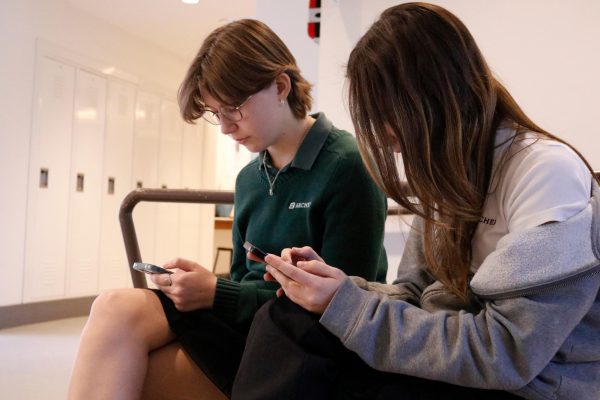Op-Ed: The pros and cons of ‘pandemic-pups’
Photo credit: Liora Ginzburg
Over the last year, dogs have been able to help their humans more than usual. Dogs have been a great way to cope with stresses brought on by the pandemic.
April 27, 2021
For most people in big cities or COVID-19 hotspots, it has been over a year since life was relatively Spending time with your dog was “normal” and daily activity; however during the pandemic, it became a way heightened special way to spend time at home. It seems that dogs have not only been a man’s best friend, but a calming and joyful necessary force within the pandemic. Throughout this past year, the word “normal” has been used to refer to aspects of life that went unappreciated pre-pandemic. Simple things like drinking from a water fountain or greeting your neighbors whilst waiting for an elevator feel like distant memories.
Due to the fact that the virus can be deadly and easily transmitted, most people have had limited social interactions since the start of quarantine, which is something that can and has taken a toll on individual’s mental health.
“Public health actions, such as social distancing, are necessary to reduce the spread of COVID-19, but they can make us feel isolated and lonely and can increase stress and anxiety,” according to the CDC.
Dogs have been and continue to be a way for people to channel their energy. Dogs have been helping humans cope with some of the unique stresses of not being able to closely interact with others. The “fur-balls” relentlessly await their owners’ hugs and attention. Data collected by the Health Guide Organization concluded, “Overall, interactions with their dog make people happier, less lonely, and more relaxed, secure, and affectionate.”
As a species, many humans communicate through physical interactions. Dogs have been helpful in bridging this void throughout the pandemic. Unlike inanimate objects and other things that people have been using to cope with being deprived of interaction, dogs can be pets. Even pre-pandemic, petting a dog was viewed as therapeutic. Being with your dogs can reduce stress, which is beneficial for these times.
However, the benefits of a dog-human bond are not just one-sided. In coexisting throughout the pandemic, dogs and their owners have helped each other work through challenges. As a result, there was a surge in dog-shelter adoption rates. The amount of healthy dogs killed in shelters each year is extremely upsetting.
According to the Washington Post, some shelters have seen a 40% increase in adoption and fewer shelters are reaching their maximum capacity. This has led to a reduction of healthy pets being euthanized in shelters. Staying at home and socially distancing, is saving both humans and pets.
Through 12 months, as of March 2021, we have reached shocking death counts as a direct result of the COVID-19 virus. While there is no silver lining to that, we can appreciate that fewer pets are being killed.
In 2019, an estimated 1.5 million animals, cats and dogs, in particular, were euthanized because they were not adopted. Additionally, pet shelters are also seeing a decrease in animal homelessness. The Washington Post cites the National Database of Animal Shelter Intake, listing an average decrease of 35% in the homeless-animal intake. This has correlated with the 3% increase in their survival rate; increasing from 86% to 89%.
Pre-pandemic, dogs were regarded as a “man’s best friend.” But throughout the pandemic, dogs have been upgraded to “hero status,” adapting alongside their humans. A lot of us have spoken about experiencing quarantine in different phases. Dogs, like humans, have faced the ‘“multiple stages of quarantine,” similar to humans and have changed to accommodate their new routine.
The early stages of the pandemic favored energetic dogs. With their owners eager to leave their homes, many dogs went on multiple walks a day. In addition to it being more dangerous, COVID-wise, the daily walk has lost its element of whimsy for many owners. Dogs have come through for their humans in adjusting to the changing circumstances.
Scientists have taught certain dogs COVID-19 detection, with up to an 82% accuracy rate. More humans, in repaying their canine friends, have ventured into the realm of “home-made dog treats.” Humans can say with relative certainty that their pets appreciated maneuvering through the many trials and errors in that process.
COVID-19 has brought about a number of new challenges that have not been faced before in modern times. Many pet owners are concerned about how their pets will react to their owners being gone post-pandemic. It has been speculated that once life returns to normal, dogs will struggle from not being around their owners as constantly. However, what has put more stress on dogs, has been the lack of socialization that they have been getting.
Like humans, dogs have been inhibited by the pandemic. With their owners unable to greet each other within 6 feet, dogs have had fewer interactions with other canines. This is uncharted territory for most pet owners, but many experts have confidence in a dog’s ability to adapt back into the ways of society.
Whether you have a dog, or just like watching them, dogs can be a source of comfort to many. If you are debating adopting a “pandemic-pup,” onsider the many benefits of adopting a dog, from mental health benefits to filling free time. The amount of healthy dogs killed in shelters each year is extremely upsetting. As the world begins to open again, let’s keep adopting dogs. It’s good for all of us.




![Freshman Milan Earl and sophomore Lucy Kaplan sit with their grandparents at Archer’s annual Grandparents and Special Friends Day Friday, March 15. The event took place over three 75-minute sessions. “[I hope my grandparents] gain an understanding about what I do, Kaplan said, because I know they ask a lot of questions and can sort of see what I do in school and what the experience is like to be here.](https://archeroracle.org/wp-content/uploads/2024/03/grandparents-day-option-2-1200x800.jpg)




























































